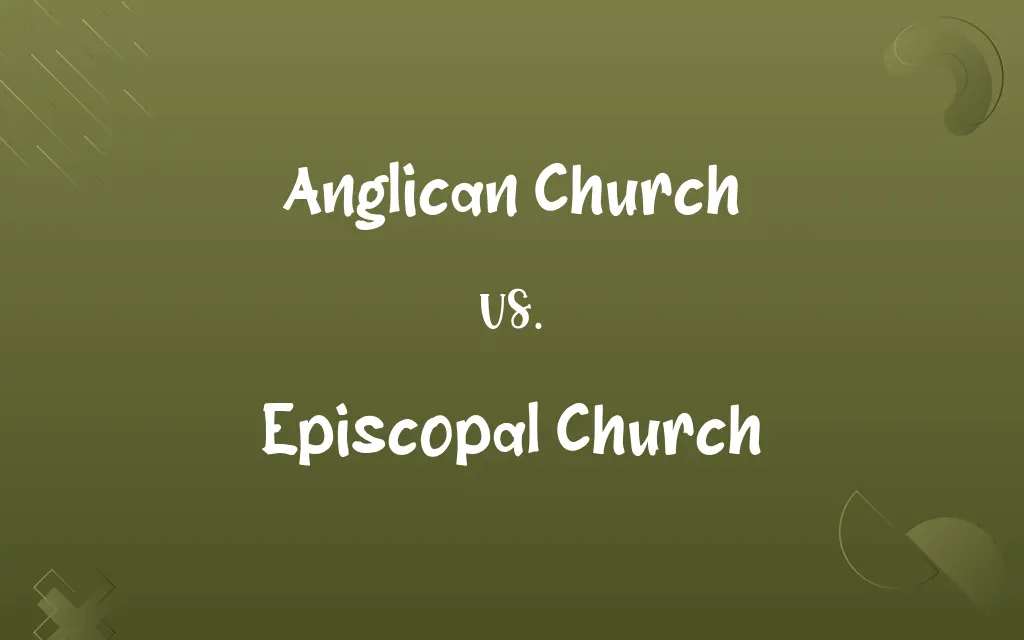The Anglican Church and the Church of England—while often intertwined in the minds of many, they embody distinct spiritual entities within the diverse tapestry of Christianity. At the heart of this discussion lies a rich historical narrative, profoundly influenced by socio-political dynamics and theological evolution.
To embark on this exploration, one might envision the Church of England as a grand edifice, a majestic cathedral, rooted firmly in its heritage and tradition. Established in the 16th century during the reign of Henry VIII, the Church of England emerged as the national church of England, severing its ties with the Roman Catholic Church. This act of defiance not only marked a pivotal moment in religious history but also set the stage for the Anglican Communion, which now glimmers as a vast network of autonomous churches spread across the globe.
Conversely, the Anglican Church can be likened to a sprawling vineyard, flourishing in various locales, each vine representing a distinct national church with its own cultural flavors and interpretations of Anglicanism. The term “Anglican” derives from the Latin “Anglicanae Ecclesiae,” meaning “the English Church.” It is important to recognize that while the Church of England serves as the principal manifestation of Anglicanism, the Anglican Church constitutes a broader communion—one that transcends national boundaries and cultural identities.
At the doctrinal core of these two entities lies the Book of Common Prayer, a liturgical treasure that shapes Anglican worship. It is the leaven in the dough of Anglican spirituality, breathing life into the communal worship experience. The Church of England employs this book as a vital text for its services, ensuring consistency and reverence across its congregations. However, other branches of the Anglican Church, such as those in the United States or Africa, often adapt these liturgies, melding them with local customs and languages—creating a unique tapestry of worship.
The concept of authority highlights a fundamental distinction between the two. The Church of England, anchored by its established nature, recognizes the monarch as its supreme governor. This intertwining of church and state positions the Church of England as not solely a religious institution but also a facet of national identity. It is a harmonious coexistence—like the intertwining of ivy and stone—providing historical continuity and cultural rooting. Conversely, the Anglican Church relies on a more decentralized governance structure, allowing for variations among its national churches in matters of doctrine and discipline while maintaining communion with one another through shared beliefs.
To delve deeper into the theological nuances, one must examine the interpretation of scripture and tradition. The Church of England adheres to a middle way or via media, straddling the line between Protestant and Catholic traditions. This balancing act engenders a sense of inclusivity, inviting a diverse range of beliefs while maintaining core doctrines found in the Nicene Creed. The Anglican Church, in its various iterations around the globe, may embrace differing theological emphases, from evangelical to Anglo-Catholic, allowing each church to resonate with its local populace. This plurality—this symphonic interplay of voices—offers a rich spiritual milieu.
As one traverses the landscape of worship, one can observe distinctive expressions manifesting in both the Church of England and the diverse Anglican Church. The Church of England often reflects a certain formality, a ritualistic embrace of the sacred. The vestments worn by priests during services are akin to the robes of ancient scholars, signaling a reverence for the holy mystery. In contrast, the Anglican Church on a global scale often displays a plethora of artistic expressions—from vibrant, spirit-filled worship in Africa to contemplative services in North America—each a reflection of the cultural milieu in which it resides.
The relationship between the two also extends to their social mission. Both entities share a commitment to social justice, although their approaches may differ. The Church of England, with its historical roots in the British Empire, has occasionally navigated complicated waters, especially in its colonial legacy. Today, it strives to address contemporary issues of inequality and injustice, advocating for social change as part of the Gospel imperative. The Anglican Church, particularly in developing nations, embodies a robust prophetic voice, addressing local socio-economic challenges, educating communities, and fostering resilience against adversity.
In conclusion, the Anglican Church and the Church of England embody a complex interplay of history, belief, and cultural expression. The Church of England stands as a symbol of a nation’s religious heritage while also adapting to the currents of modernity. Meanwhile, the Anglican Church—a far-reaching communion—serves as a vessel for diverse expressions of faith, championing the universal message of Christ while honoring local traditions. It is within this duality that the immense richness of the Anglican tradition unfolds—a narrative that continues to inspire and challenge believers across generations.
Ultimately, the conversation between the two is ongoing—a dialogue reflected in the lives of those who strive to live out their faith. In a world often divided, the potential for understanding and unity through Christian love remains a poignant reminder of the ultimate call to faith. Like a tapestry, woven with an array of colors and patterns, the Anglican tradition exemplifies a beautiful complexity, inviting all to participate, reflect, and grow in the journey of faith.



